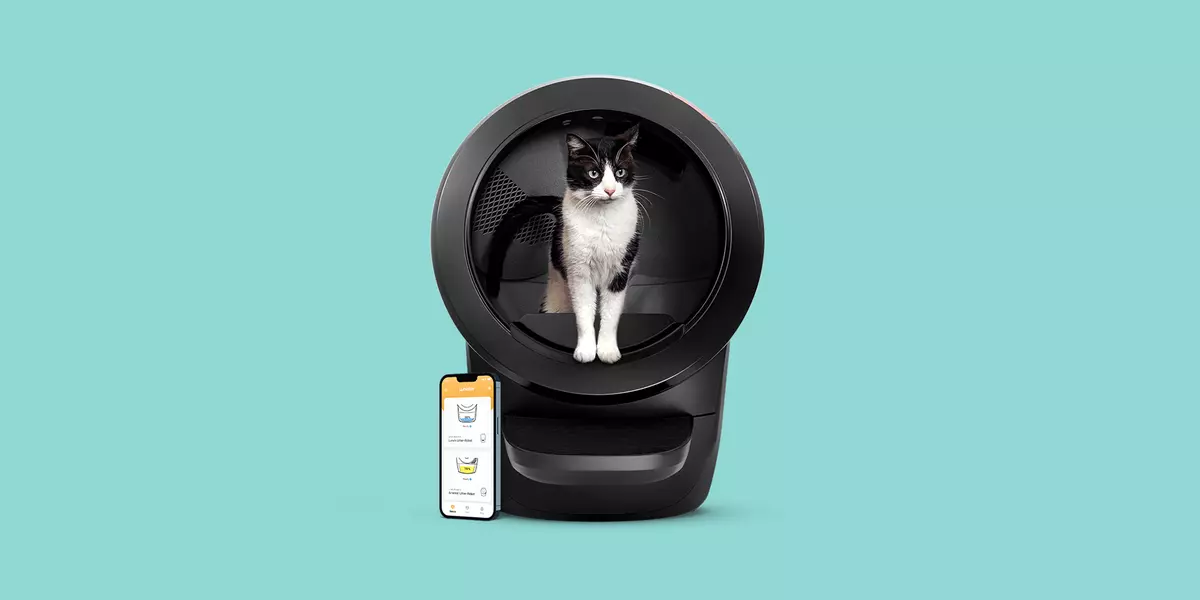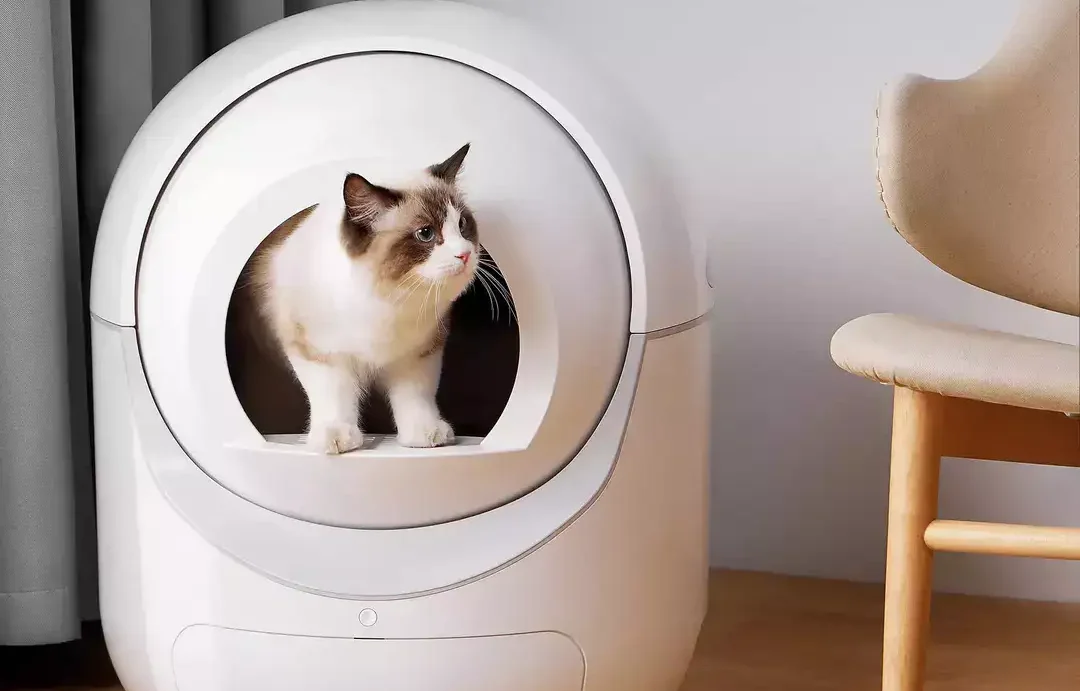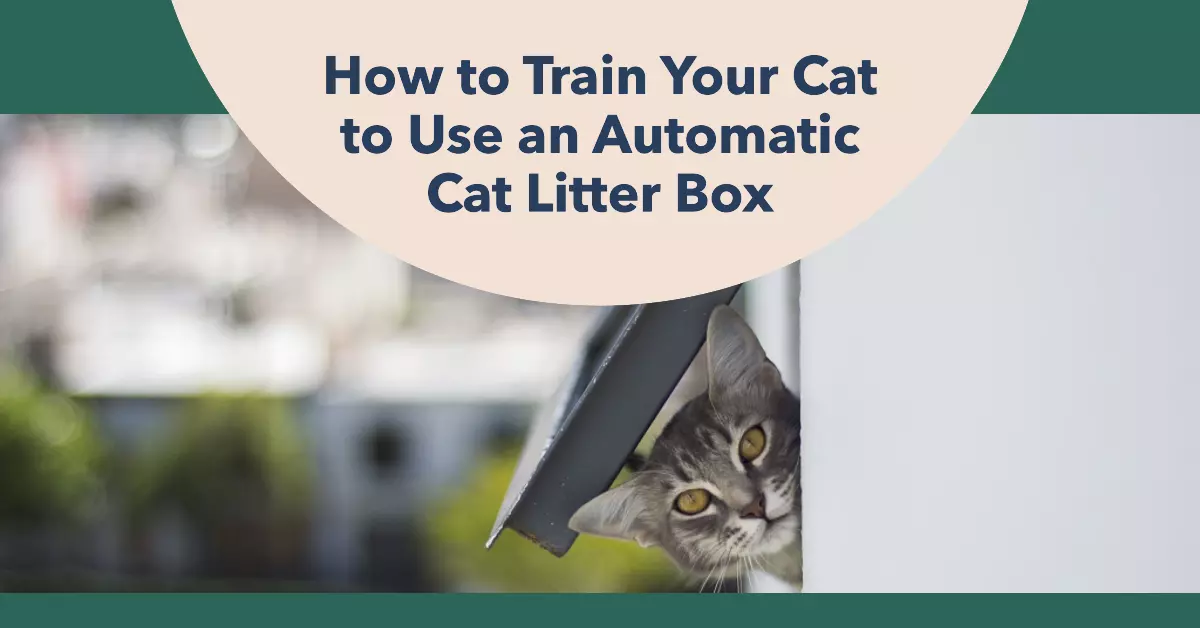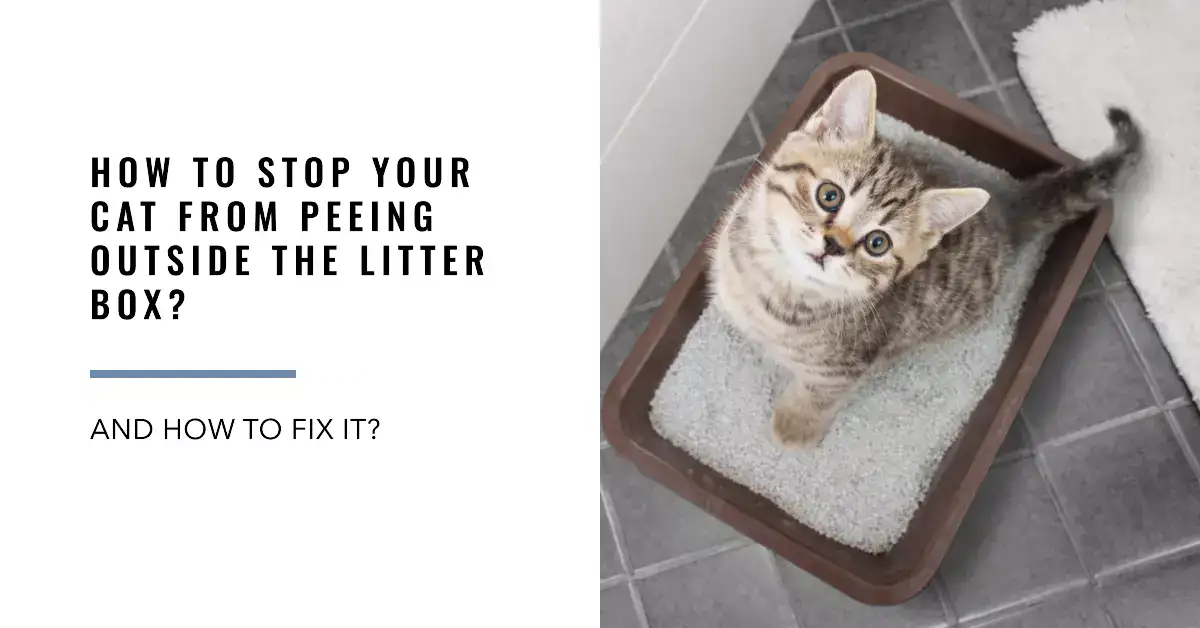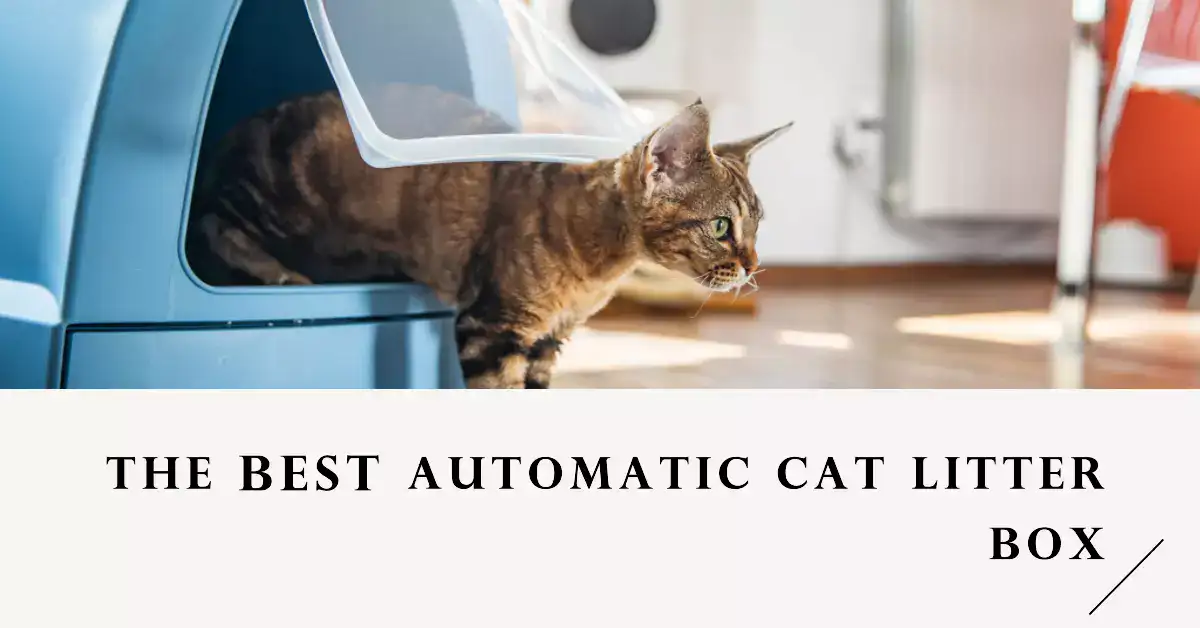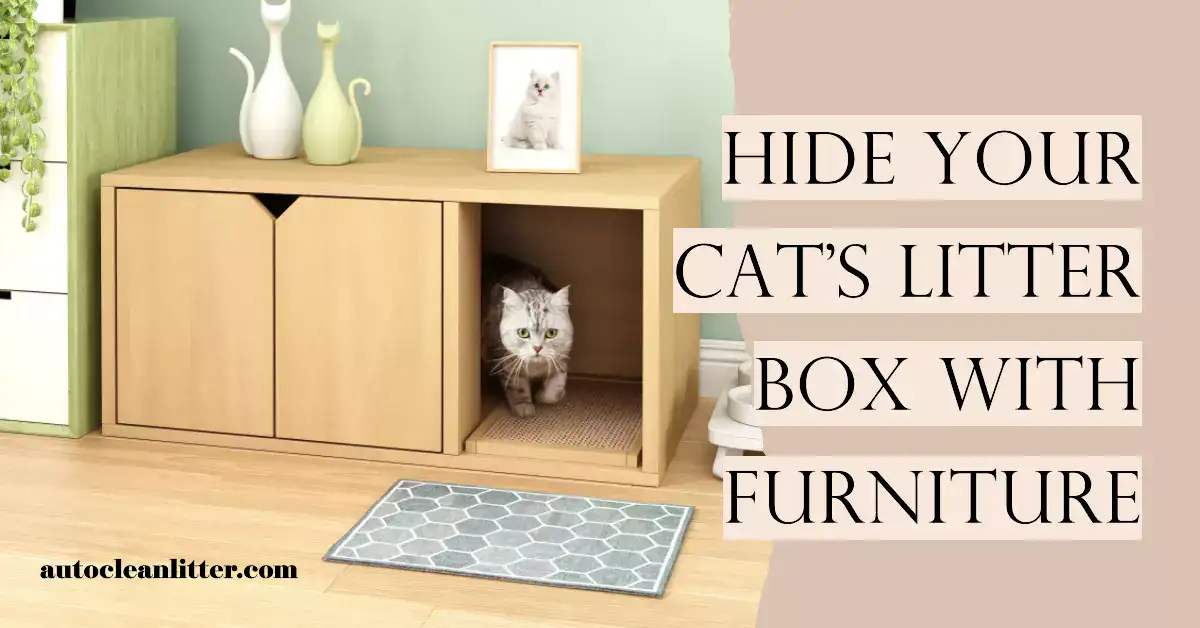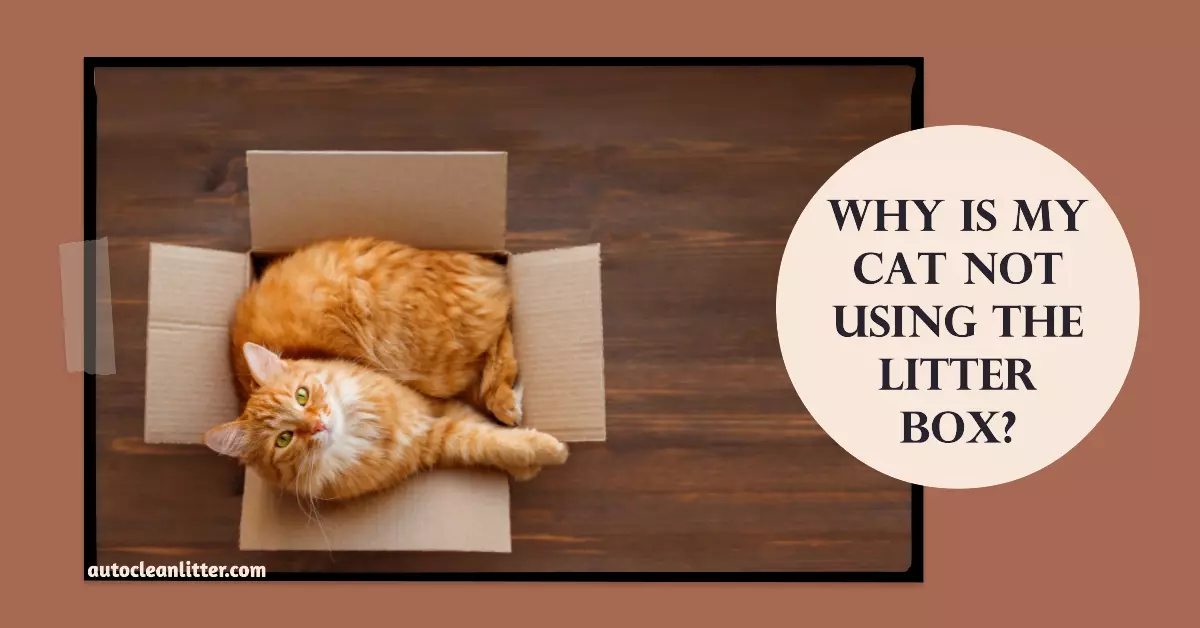What Human Foods Cats Can Safely Eat Every Day? cats are notorious for their discerning palates and unique dietary needs, leading pet owners to often wonder what they can safely feed their feline friends from the array of human foods available. It’s critical to understand that while some human foods are perfectly safe, others can be harmful. Begin by exploring the intricate dietary requirements of cats to ensure their lifelong health and contentment.
Nutritional Needs of Cats

The nutritional needs of cats must be carefully managed, given they differ significantly from those of humans and even other pets like dogs. Being obligate carnivores, cats require a diet rich in animal-based proteins and certain key nutrients that are not found in a typical human diet.
Understanding Cats as Obligate Carnivores
Cats are obligate carnivores, meaning their bodies are designed to absorb nutrients primarily from animal flesh. Unlike omnivores or herbivores, felines rely heavily on proteins and fats found exclusively in animal tissues. This evolutionary dietary adaptation underscores the importance of familiarizing oneself with foods that meet these specific nutritional needs. For more insights into what makes a cat’s diet unique, read about What Do Cats Love to Eat the Most.
Essential Nutrients for a Healthy Cat
For a cat to thrive, its diet must include specific nutrients that are vital for maintaining optimal health. Here’s a closer look at what constitutes a balanced diet for your feline companion.
Protein Requirements
Proteins are the cornerstone of a cat’s diet. They provide essential amino acids such as taurine, which cannot be synthesized in a cat’s body but are necessary for their heart, vision, and reproductive health. Lean meats and fish are excellent sources of these vital nutrients. Ensuring proteins are cooked and spice-free is key to avoiding digestive complications.
Vitamins and Minerals
In addition to proteins, cats require a variety of vitamins and minerals to support various bodily functions, from strengthening their immune system to ensuring healthy bone formation. Foods such as pine nuts can be used in moderation to provide essential nutrients not typically obtained from meat.
Risks of Feeding Cats the Wrong Foods
Despite the temptation to share table scraps, it’s imperative to exercise caution. Many human foods contain ingredients that are toxic to cats or could lead to nutritional imbalances.
Feeding your cat improperly can lead to a range of health issues, from gastrointestinal upset to more serious conditions like feline diabetes. The careful selection of treats and meals can help ease any anxieties surrounding dietary changes and ensure your pet maintains a healthy, happy life.
Top 20 Human Foods Cats Can Eat Every Day

In the fascinating world of feline nutrition, understanding what human foods your cat can safely eat every day is vital. While commercial cat food forms the base of a cat’s diet, some treats from our tables can be a nutritious addition. Let’s explore various foods, categorized by types, that are safe and offer health benefits to your furry friend.
Fruits Safe for Cats
Bananas
Rich in potassium and fiber, bananas are a great snack for your cat. Although cats can’t taste sweetness, the texture and nutritional content of bananas can be beneficial in small amounts. They help with digestive health and can add variety to your cat’s diet.
Blueberries
Blueberries are packed with antioxidants, which are crucial for maintaining your cat’s health, particularly in fighting free radicals. They can be fed as a fresh snack or mixed with a bit of plain yogurt, another safe dairy option for cats.
Apples (Without Seeds)
Apples provide a crunchy texture that some cats may find stimulating, especially when peeled and sliced into bite-sized pieces. Ensure all parts like seeds are removed, as they contain cyanide, which is toxic to cats.
Vegetables Safe for Cats
Steamed Broccoli
Broccoli is not only rich in antioxidants but also provides roughage, promoting regular bowel movements in cats. Steamed broccoli is preferred as it prevents choking and makes it easier for cats to digest.
Cucumbers
Cucumbers are hydrating, low-calorie treats that your cat might enjoy in small quantities. They offer a refreshing crunch and are a good source of vitamins. However, always peel them first to eliminate any pesticide residues.
Carrots (Cooked)
Carrots, particularly cooked until soft, can be a tasty treat due to their sweetness and the benefits of beta-carotene. Raw carrots present a choking hazard; thus, ensure they are well-cooked before serving.
Protein Sources
Cooked Lean Meats
As obligate carnivores, cats thrive on meat. Cooked lean meats such as chicken, turkey, and beef are excellent sources of protein, crucial for maintaining muscle mass and overall growth. Preparing them without spices or oils ensures they remain safe for feline consumption.
Chicken
Cooked chicken is probably the most popular and easily digestible protein choice for cats. It can be offered as a main meal with their regular kibble or as a special treat. Always remove skin and bones before feeding.
Turkey
Turkey provides variety while being a less fatty option than some meats. Ensure it is fully cooked and free from bones to avoid any potential choking hazards.
Beef
Cooked beef, particularly lean cuts, offer a rich source of amino acids. Ensure it’s plain and well-cooked to avoid digestive disturbances.
Cooked Fish
Fish provides essential omega-3 fatty acids, promoting healthy skin and fur. While popular with many cats, it’s recommended to keep fish to less than 10% of their diet.
Salmon
Salmon is rich in omega-3 fatty acids, which boost skin health and reduce inflammation. Serve cooked and free of any bones. Always choose fillets rather than whole fish to minimize the risk of bones.
Tuna (In Moderation)
Tuna can be an exciting treat for your cat due to its strong aroma and taste, but should not be a regular feature in their diet. Opt for tuna in water rather than oil or brine to prevent digestive issues.
Eggs (Scrambled or Hard-Boiled)
Eggs are a packed source of high-quality protein and essential amino acids, making them a fantastic treat for cats. Whether scrambled or hard-boiled, ensure they are fully cooked to avoid harmful bacteria.
Dairy Options

Plain Yogurt
Plain yogurt can be a surprising addition to your cat’s diet, thanks to its probiotic content, which aids digestion. Cats naturally become lactose intolerant after weaning, but the fermentation process in yogurt makes it easier for them to digest.
Grains and Cereals

Rice
Rice, especially brown rice, is filling and provides fibers that can support your cat’s digestive functions. It can be mixed with meat to create a balanced homemade meal for your cat, ensuring all nutrients are covered.
Oatmeal
Oatmeal, when cooked in water, is another healthy grain option. It’s high in fiber and can be an energy-sustaining snack. Cats may not initially take to its sticky texture; therefore, try mixing it with a small portion of protein to encourage consumption.
Other Foods

Pumpkin (Cooked and Plain)
Pumpkin is an all-star ingredient for managing your cat’s digestive health, rich in fiber and low in calories. Serve it cooked and plain, avoiding any added foliage like spice or sugar that could upset your cat’s stomach.
Sweet Potatoes (Cooked and Plain)
Another nutritious option, sweet potatoes bring vitamins and fiber to the table. These should also be well cooked and served plain, just like pumpkin, to avoid any gastrointestinal distress.
Choosing the right human foods for your cat can enrich their diet while maintaining their health. Always remember to introduce new foods gradually and in moderation, monitoring for any adverse reactions and promptly consulting with your veterinarian should any concerns arise.
Foods to Avoid and Final Tips

As much as we love to indulge our feline companions with tasty treats, it’s crucial that we recognize certain human foods can pose significant health risks to our cats. Ensuring your pet’s diet remains healthy and safe not only improves their quality of life but also prevents unnecessary health issues.
Human Foods That Are Toxic to Cats
While the allure of sharing your favorite snack with your paw-some friend is tempting, some human foods are toxic to our furry felines. Below we explore these dangers and provide tips to keep your cat safe.
Chocolate
Chocolate is universally known for being a delightful treat for humans, but it is a different story for cats. Chocolate contains caffeine and theobromine, compounds that can be harmful and even fatal if ingested by your cat.
For more information on what makes chocolate toxic, please visit this article.
Onions and Garlic
Onions, garlic, and related plants are toxic to cats and can lead to gastrointestinal upset and serious damage to red blood cells, leading to anemia.
Grapes and Raisins
Although they may seem harmless, grapes and raisins can cause severe damage to your cat’s kidneys. Consumption of these fruits can lead to vomiting and reduced appetite, leading to severe health problems.
Alcohol and Caffeine
Both alcohol and caffeine are dangerous for cats, causing symptoms ranging from hyperactivity to severe cardiovascular disturbances and seizures. Even small amounts can have serious consequences for your feline friend’s health.
How to Introduce New Foods Safely
Introducing new foods to your cat should be a gradual and closely monitored process to prevent any adverse reactions. Here’s how you can safely transition your cat’s diet.

Observing for Allergic Reactions
Start by closely observing your cat after introducing a new food. Look for signs of allergies, such as itching, digestive upset, or unusual behavior. If any of these occur, discontinue the new food immediately and consult with a vet.
Transitioning Gradually
When transitioning to new foods, blend a small amount with your cat’s regular food to slowly acclimatize its digestive system. Gradually increase the proportion over a week to ensure a smooth transition without upsetting your cat’s stomach.
Final Thoughts

Balancing Treats with a Complete Diet
While it’s okay to give cats the occasional human food treat, it’s essential that their primary source of nutrition remains a diet specifically formulated for their dietary needs. Check out our Essential Nutrition and Feeding Guidelines for Your Cat’s Health for more.
The Role of Veterinary Advice
Your vet plays an indispensable role in helping manage your cat’s diet, especially when incorporating human foods. Always consult with them before making dietary changes to ensure your cat’s nutritional needs are fully met.
For further guidance on ensuring a healthy, balanced diet, consider reading Essential Cat Health Tips Explained by Veterinarians for Pet Owners.














